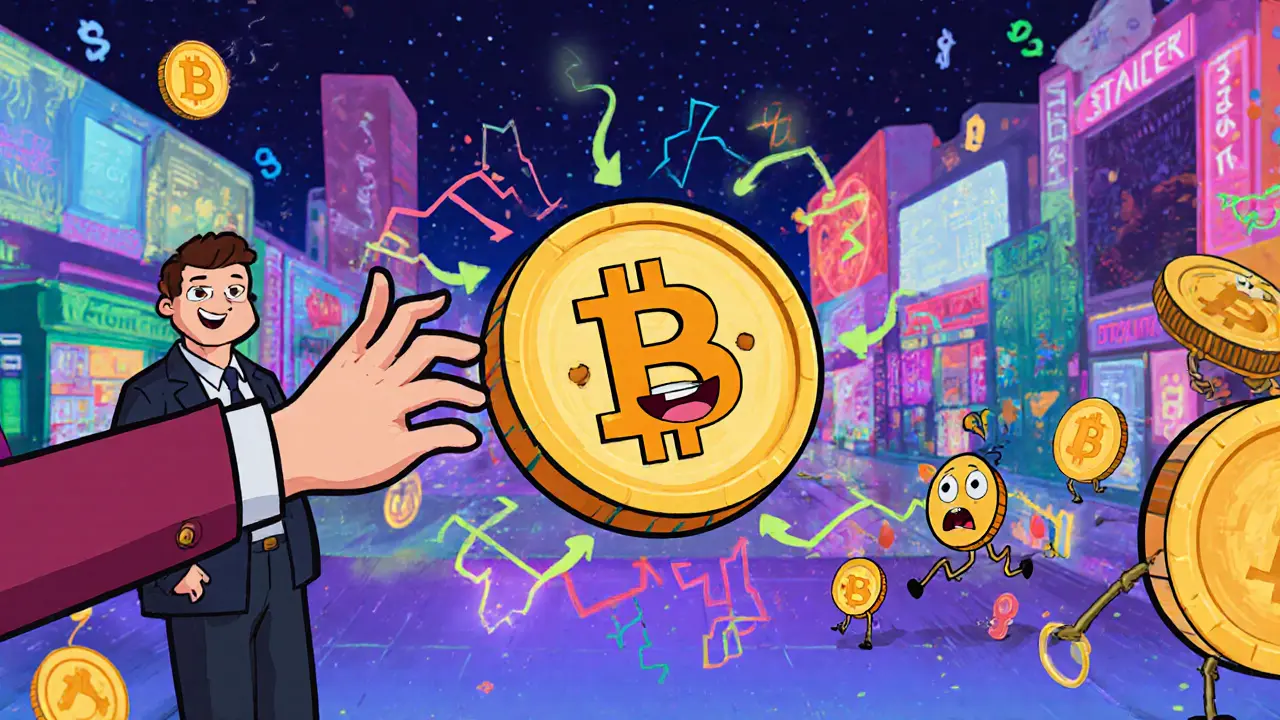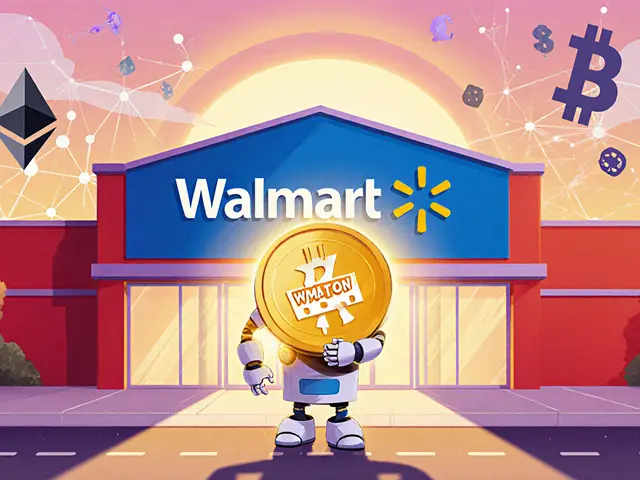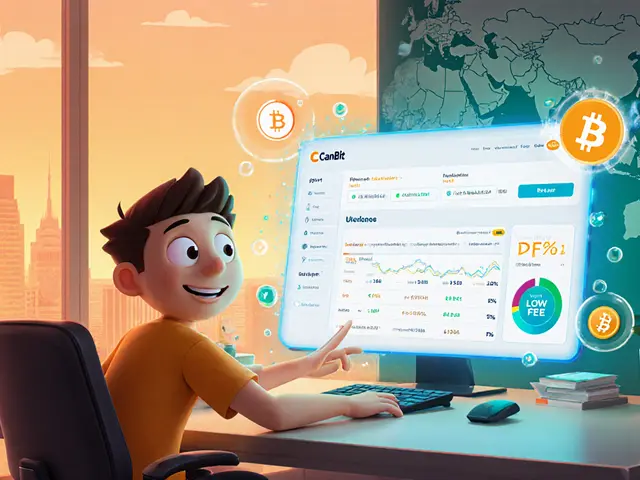Order Book Depth: What It Really Means for Crypto Trading
When you look at a crypto exchange, you’re not just seeing a price. You’re seeing a snapshot of order book depth, the total quantity of buy and sell orders stacked at different price levels. Also known as market depth, it tells you how much pressure exists beneath the current price — and whether a move up or down is likely to be real or just a flash in the pan. Most beginners think price is everything. But if the order book depth is thin, that price could vanish in seconds. Think of it like a bridge: a wide, solid bridge (deep order book) can handle heavy traffic. A narrow, wobbly one (shallow order book) collapses under pressure.
Order book depth connects directly to liquidity, how easily an asset can be bought or sold without changing its price. High liquidity means big orders get filled without moving the market — that’s what institutional traders and active users look for. Low liquidity? That’s where you see 10% swings from a single $5,000 trade. It’s not volatility — it’s fragility. And if you’re trading on exchanges with poor order book depth, you’re essentially gambling on whether someone else will step in before your order gets eaten. That’s not strategy. That’s luck.
Then there’s trading volume, the total amount of an asset traded over a set time. Volume and order book depth go hand-in-hand. High volume with shallow depth? That’s a red flag. It means a few big players are moving the market, not real demand. Low volume with deep depth? That’s usually a quiet market waiting to explode. The sweet spot is high volume with deep, balanced orders on both sides — buyers and sellers lining up in numbers, not just a few whales.
What you won’t see on most apps is the full picture. Most mobile apps hide the order book or show only the top 5 levels. But real traders check the full depth — hundreds of levels deep — to spot hidden support and resistance zones. That’s why exchanges like OVEX and WOOFi, which cater to active traders, show full order books. They know that knowing where the real bids and asks sit beats guessing what the price will do next.
And don’t confuse order book depth with price charts. Charts show what happened. The order book shows what’s about to happen. A sudden surge in buy orders at $32,000 BTC? That’s not a trend — it’s a floor. A wall of sell orders at $35,000? That’s a ceiling. These aren’t random numbers. They’re the invisible hands of the market, written in real-time.
If you’ve ever gotten filled at a terrible price, or watched your stop-loss trigger on a fake dip, you were fighting a shallow order book. That’s not bad luck. That’s a lack of context. The posts below break down real examples — from how RAI Finance’s social trading relies on deep liquidity, to why Coinbase restricts trading in regions with thin markets, to how OVEX’s deep ZAR order book lets traders move large amounts without slippage. You’ll see how order book depth isn’t just a chart feature — it’s the foundation of smart trading. Skip it, and you’re flying blind. Understand it, and you start seeing what the market really wants.



